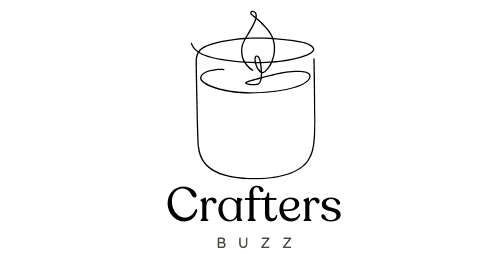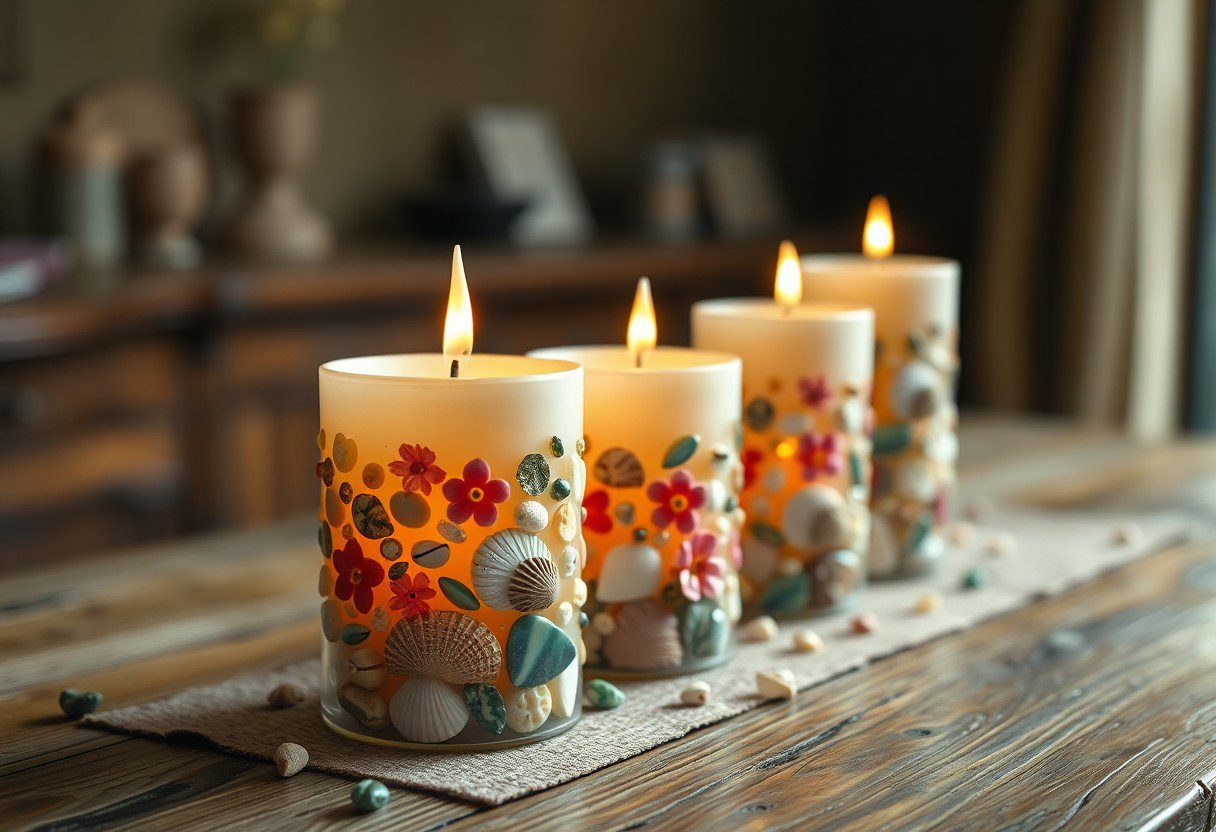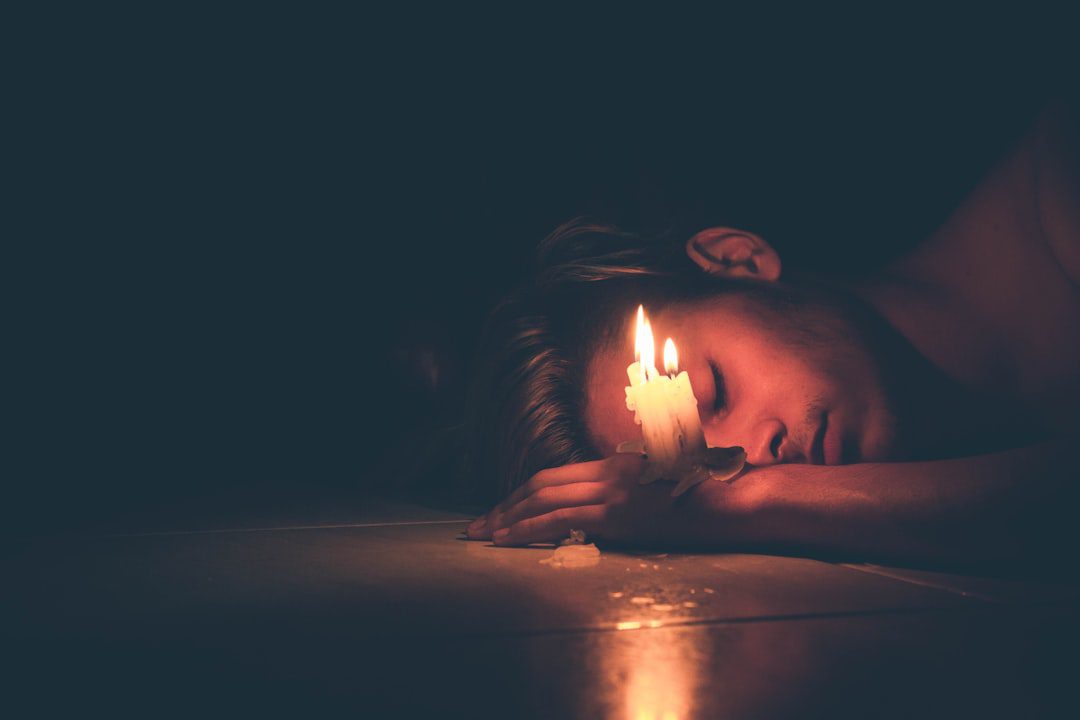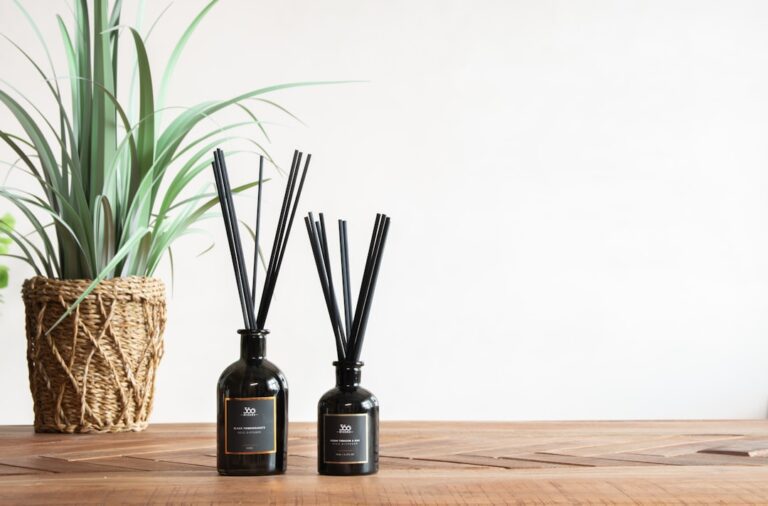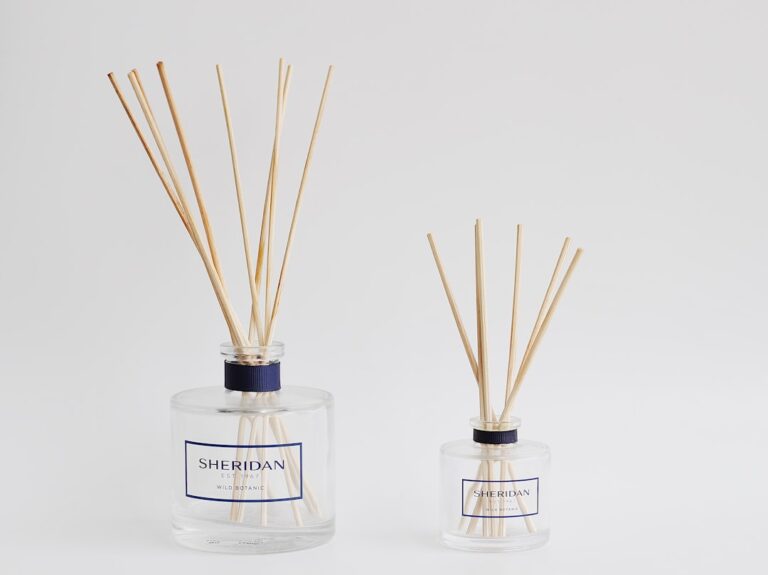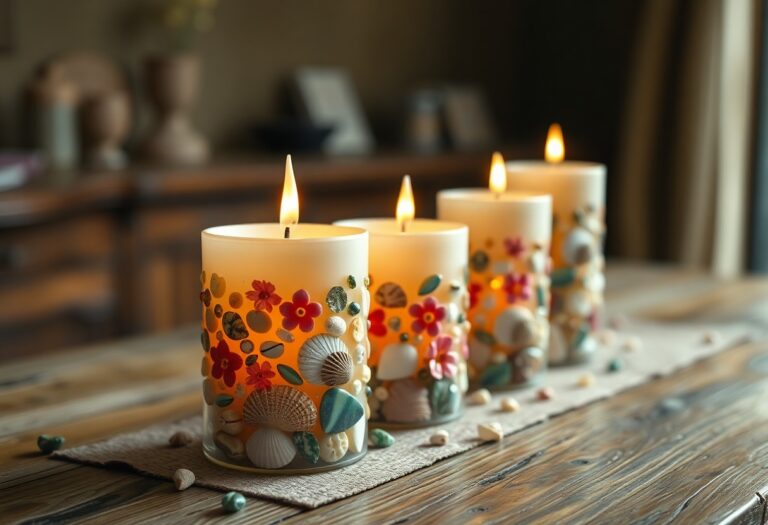How the type of wick affects the fragrance throw of your candles.
Wicks are a fundamental component of candles, serving as the conduit through which fuel is drawn from the wax to sustain a flame. The type of wick used can significantly influence not only the burn quality of the candle but also its ability to disperse fragrance throughout a space. Various wick types exist, each designed with specific characteristics that cater to different wax formulations, candle sizes, and intended uses.
Common wick materials include cotton, wood, and synthetic fibers, each offering unique benefits and drawbacks. Understanding these differences is crucial for both candle makers and consumers who seek to optimize their aromatic experience. The choice of wick type can affect the overall performance of a candle in multiple ways.
For instance, cotton wicks are often favored for their reliability and ease of use, while wooden wicks provide a distinctive crackling sound reminiscent of a fireplace. Additionally, the thickness and braiding of the wick can alter how it burns and how effectively it draws wax. As such, selecting the appropriate wick type is essential for achieving the desired fragrance throw and burn characteristics.
This article delves into the intricate relationship between wick characteristics and fragrance performance, exploring how size, material, shape, coating, burn quality, and maintenance all play pivotal roles in enhancing scent diffusion.
The Impact of Wick Size on Fragrance Throw
Wick size is a critical factor that directly influences the fragrance throw of a candle. A wick that is too small may struggle to produce enough heat to melt the wax adequately, resulting in a weak scent that fails to fill a room. Conversely, an oversized wick can lead to excessive heat production, causing the wax to burn too quickly and potentially creating soot or an uneven burn.
The balance between wick size and candle diameter is essential; for instance, a larger candle typically requires a thicker wick to ensure that the wax pool reaches an optimal temperature for fragrance release. Moreover, the height of the wick also plays a role in scent diffusion. A taller wick can create a larger flame, which may enhance the melting pool’s surface area and promote better scent throw.
However, this must be carefully calibrated with the candle’s formulation; certain waxes may not respond well to larger flames, leading to issues such as tunneling or excessive soot production. Candle makers often conduct extensive testing to determine the ideal wick size for their specific formulations, ensuring that the fragrance is released effectively without compromising burn quality.
The Influence of Wick Material on Scent Dispersal
The material from which a wick is made can significantly impact how fragrance is dispersed in a candle. Cotton wicks are among the most common due to their versatility and compatibility with various wax types. They are typically braided or twisted to enhance their structural integrity and burning efficiency.
Cotton wicks tend to produce a steady flame that allows for consistent melting of the wax pool, which is crucial for optimal scent release. However, they may require additional treatments or coatings to improve their performance with certain waxes or fragrances. Wooden wicks have gained popularity in recent years for their aesthetic appeal and unique burning characteristics.
They create a soft crackling sound reminiscent of a fireplace, adding an auditory element to the sensory experience. The porous nature of wood allows for a different heat distribution compared to cotton wicks, which can affect how fragrances are released into the air. Wooden wicks often require specific wax formulations to achieve optimal performance; otherwise, they may burn too quickly or unevenly.
Additionally, some candle makers experiment with hybrid wicks that combine materials like cotton and wood to harness the benefits of both while mitigating their individual drawbacks.
How Wick Shape Affects the Distribution of Fragrance
The shape of a wick can also play a significant role in how fragrance is distributed throughout a space. Traditional cylindrical wicks are most common, but variations such as flat or square wicks are also available. Flat wicks tend to have a larger surface area exposed to the flame, which can enhance the melting pool’s size and promote better scent throw.
This increased surface area allows for more wax to be melted at once, facilitating a more robust release of fragrance oils into the air. In contrast, round wicks may produce a more concentrated flame that can lead to a smaller melting pool. While this can be beneficial for certain applications—such as creating a more controlled burn—it may limit the overall fragrance throw if not paired with an appropriate wax formulation.
Candle makers often experiment with different wick shapes in conjunction with various wax types and fragrance oils to find the optimal combination that maximizes scent diffusion while maintaining an even burn.
The Role of Wick Coating in Maximizing Scent Release
Wick coatings are another important consideration when it comes to enhancing fragrance performance in candles. Many wicks are treated with various substances designed to improve their burning characteristics and overall efficiency. For example, some wicks are coated with paraffin or beeswax to help them burn more evenly and reduce soot production.
These coatings can also influence how well the wick draws up melted wax, which is essential for maintaining a consistent flame and optimal scent throw. Additionally, certain coatings can interact with fragrance oils in unique ways. For instance, wicks treated with specific materials may help retain more fragrance oil during the burning process, allowing for a more potent scent release as the candle burns down.
Candle makers often conduct tests with different coatings to determine how they affect both burn quality and scent diffusion. The right coating can make a significant difference in how effectively a candle disperses its fragrance throughout a room.
Exploring the Relationship Between Wick Burn Quality and Fragrance Throw
The quality of a wick’s burn is intrinsically linked to its ability to disperse fragrance effectively. A well-burning wick will produce a consistent flame that maintains an optimal temperature for melting wax and releasing scent molecules into the air. Factors such as wick size, material, shape, and coating all contribute to this burn quality.
For example, if a wick burns too hot or too cold, it can lead to incomplete combustion or insufficient melting of the wax pool, both of which can hinder fragrance throw. Moreover, uneven burning can create issues such as tunneling or excessive soot production, which not only detracts from the aesthetic appeal of the candle but also impacts its overall performance. Candle makers must carefully consider how each aspect of wick design influences burn quality and fragrance release.
By conducting thorough testing and making adjustments based on observed performance, they can create candles that deliver an exceptional aromatic experience while ensuring that burn quality remains consistent throughout the life of the candle.
Understanding the Importance of Wick Maintenance for Optimal Scent Diffusion
Wick maintenance is often overlooked but plays a crucial role in ensuring optimal scent diffusion in candles. Regular trimming of the wick is essential for maintaining an even burn and preventing excessive soot production. A wick that is too long can create an overly large flame that leads to rapid wax consumption and poor scent throw.
Conversely, a properly trimmed wick allows for better control over the flame size and heat output, promoting an ideal melting pool that enhances fragrance release. Additionally, candle users should be mindful of other factors that can affect wick performance over time. For instance, dust accumulation on the wick or around the candle can impede airflow and affect combustion efficiency.
Ensuring that candles are kept in clean environments and away from drafts can help maintain optimal burning conditions. By understanding these maintenance practices, consumers can significantly enhance their candle experience and ensure that they enjoy the full aromatic potential of their favorite scents.
Choosing the Right Wick for Enhanced Fragrance Performance
Selecting the right wick is paramount for achieving enhanced fragrance performance in candles. Each aspect—size, material, shape, coating, burn quality, and maintenance—interacts intricately to influence how effectively a candle disperses its scent throughout a space. Candle makers must take into account not only their specific formulations but also how different wick characteristics will work together to create an optimal burning experience.
As consumers become more discerning about their candle choices, understanding these nuances will empower them to select products that align with their preferences for scent throw and overall performance. Whether one prefers traditional cotton wicks or seeks out innovative wooden options, being informed about wick types will ultimately lead to more satisfying aromatic experiences in any setting.
If you are interested in learning more about the cultural significance of candles, you may want to check out this article on candles in European castles. It delves into how candles have been used throughout history in various European cultures and the impact they have had on society. Understanding the historical context of candles can provide a deeper appreciation for the art of candle making and the role they play in our lives.
FAQs
What is the fragrance throw of a candle?
The fragrance throw of a candle refers to the strength and distribution of the scent when the candle is burning. A strong fragrance throw means the scent is noticeable and fills the room, while a weak fragrance throw means the scent is subtle and may not spread far.
How does the type of wick affect the fragrance throw of a candle?
The type of wick used in a candle can significantly impact the fragrance throw. Different wick materials and sizes can affect the rate at which the wax melts, the size of the flame, and the distribution of the scent.
What are some common types of wicks used in candles?
Common types of wicks used in candles include cotton wicks, wood wicks, and paper wicks. Each type of wick has its own characteristics and can produce different fragrance throw results.
How can I choose the right wick for my candles to achieve the desired fragrance throw?
Choosing the right wick for your candles involves considering factors such as the type of wax used, the diameter of the candle, and the desired fragrance throw. It may require some experimentation to find the perfect wick for your specific candle-making process.
Are there any other factors besides the wick that can affect the fragrance throw of a candle?
Yes, besides the wick, factors such as the type and amount of fragrance oil used, the type of wax, and the size and shape of the container can also affect the fragrance throw of a candle.
